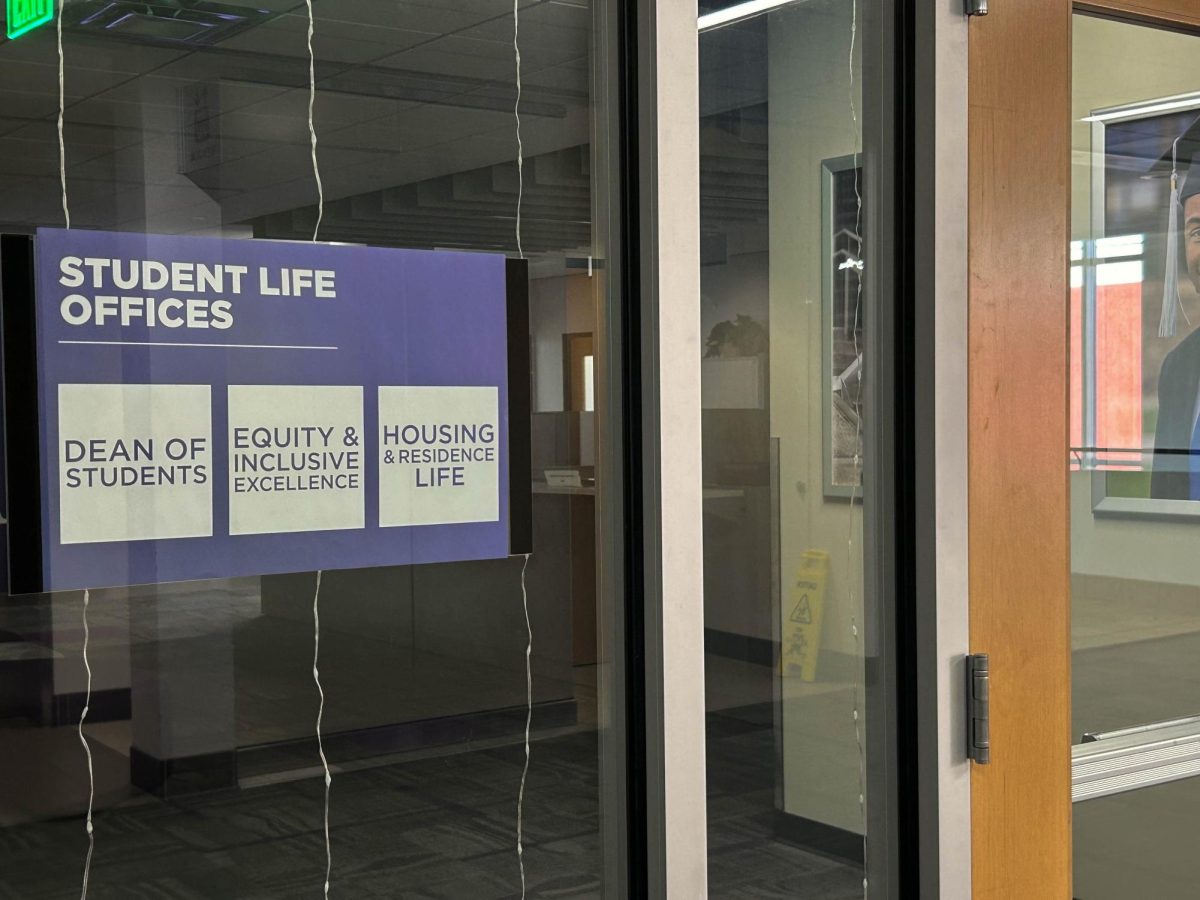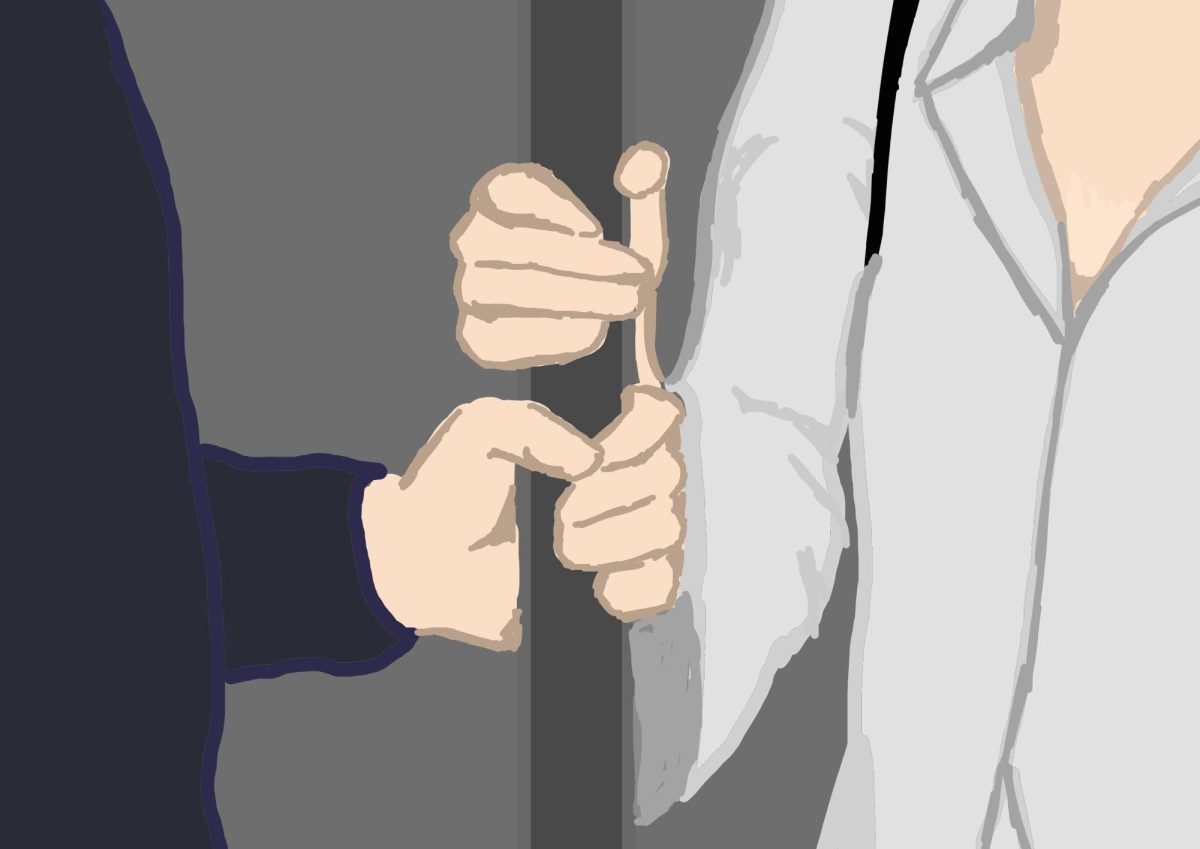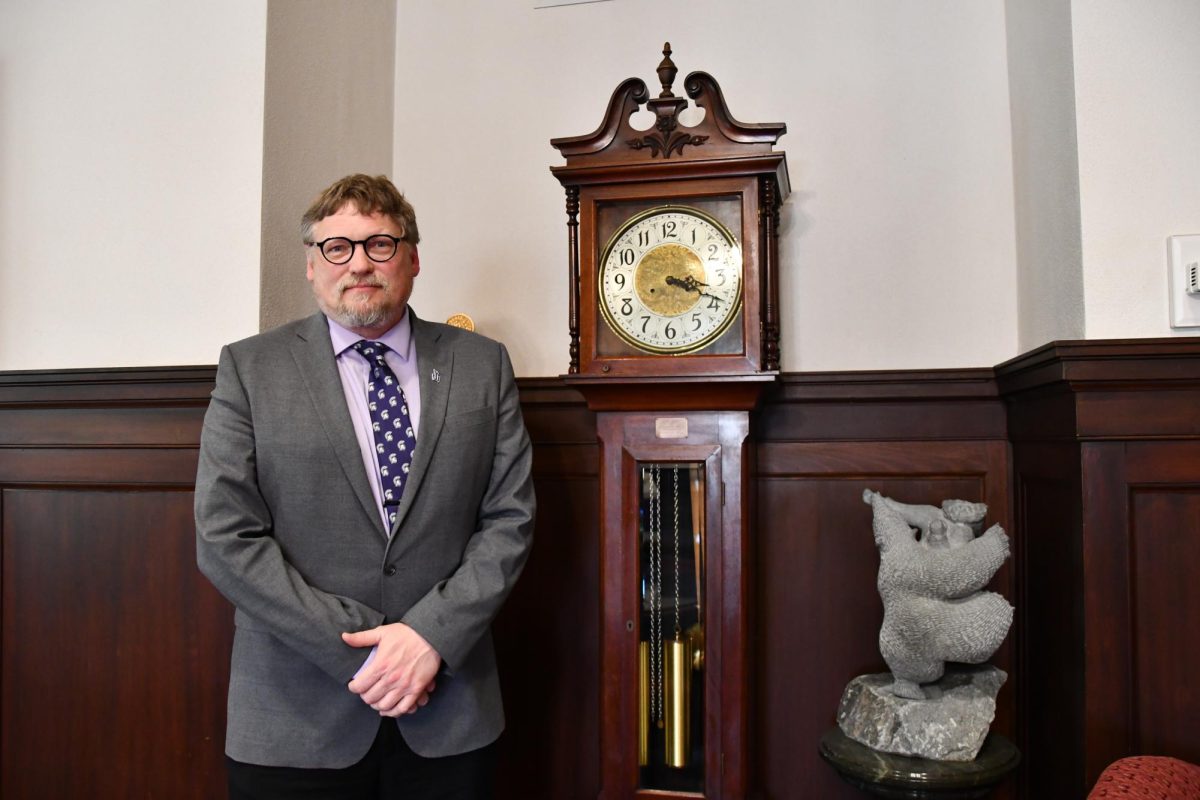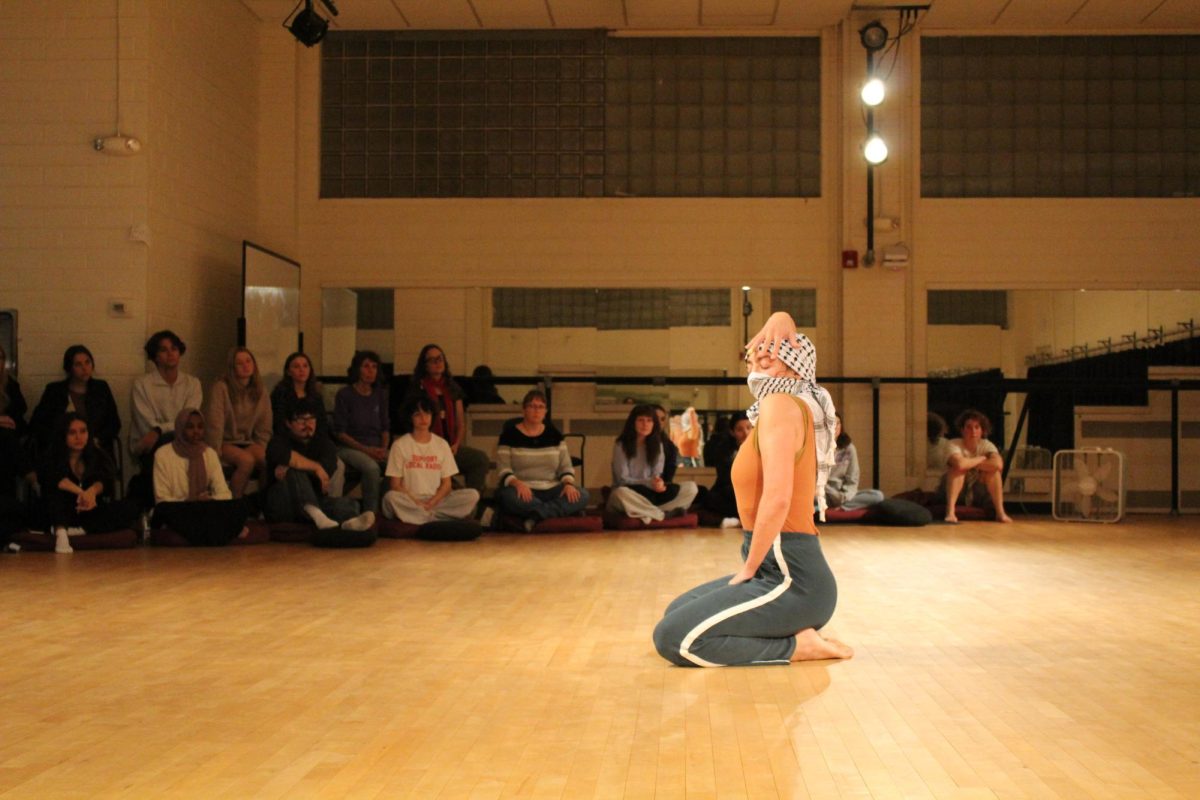Kaysey Price / Winonan
Let’s get one thing straight: the IT department is not spying on students.
Some students slap stickers over their built-in webcams fearing IT is accessing their devices, while others fear their e-mails are being read. But this is not the case.
About 250,000 emails go through the Winona State University network every day. The university does not have the right to review those emails unless a violation is reported.
There simply is not enough manpower to monitor students’ online activities. Even if an IT staffer had the time or desire to read through all of those desperate emails to professors requesting paper extensions, legally they cannot without a valid reason.
On the other hand, webcams or laptop microphones are completely off-limits for IT. Not only is hacking illegal, but it is unlikely someone would be able to access an individual’s webcam without their knowledge, since a little green light comes on next to the lens when the camera is accessed.
While IT isn’t going through emails or accessing webcams, they are monitoring the number of people reading the emails IT sends out.
Emails from Warrior Hub Communications now have the acronym CRM along with a number in the subject line. CRM stands for Client Relation Management and essentially means IT can tell if students are opening those emails or not.
After monitoring the reader rate of emails, the Warrior Hub is now trying to shorten and personalize emails in order to let students and faculty know the message is specifically for them rather than a stock email sent to everyone.
“Overall, we have a better open rate than across [most] industries,” Sally Ryman, assistant in web and IT communications, said.
IT also keeps a vigilant eye out for viruses, which may penetrate student or faculty laptops.
“There is a way to monitor [illegal downloading]. There are certain reports that we get from reporting companies…a lot of times it’s when something goes wrong,” Ryman said.
If a student is illegally downloading music, movies (anything their ramen-noodle budget can not afford) and they get a virus, IT will know and rest assured the department will not take it lightly.
“What people don’t realize is that [a] virus doesn’t just infect one laptop. When you’re connected to the network, it can impact that whole network, and it can create situations where our network is not seen as sound,” Ryman said.
A new version of the IT website is also set to release in April. The hope for this new website is to make the site more user-friendly and focused on the audience: students and staff.
“Right now [tech support] is there [on the website], but you have to search for it,” Ryman said.
The new site will feature a section specifically for students and the problems they mostly face, as well as a section for staff, which will address common problems the staff have with technology. The page will tackle problems with devices and installing software as well as provide other helpful hints.
The website will also contain a 24/7 self-help section, which may take the form of a Wiki page or a Lynda Course for students and staff who need tech support after hours.
If your mind isn’t yet convinced that IT is simply there to help, try turning it off and turning it back on again.






























































